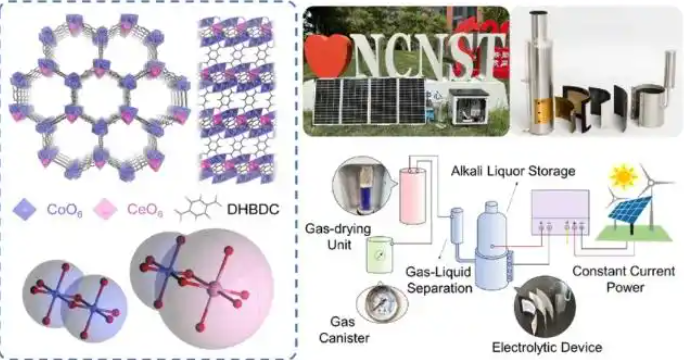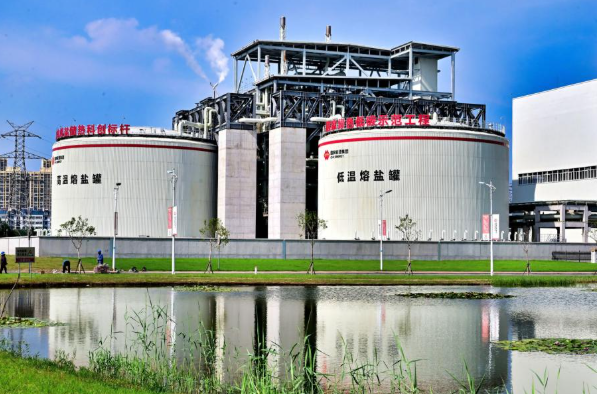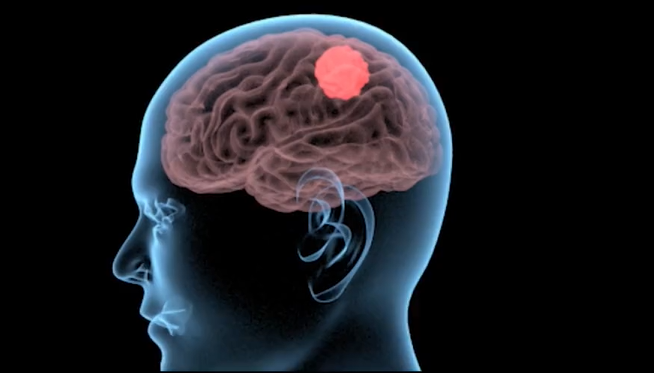The Institute of Geochemistry, Chinese Academy of Sciences officially released the "Lunar Science Multimodal Professional Large Model V2.0" at the 2025 China International Big Data Industry Expo, indicating that Chinese scientists are deeply integrating AI into the field of lunar science research.
During the model development process, the research team established systematic multimodal data annotation standards and built an annotated dataset containing 8,700 lunar impact craters and 7,272 other lunar structures.
After testing, the model achieved an accuracy rate of 88% in the tasks of age classification and subclass division of impact craters, and 93% in the task of automatic recognition of lunar structures.

The National Center for Nanoscience and Technology, Chinese Academy of Sciences, has made significant progress in the large-scale preparation of metal-organic framework (MOFs) electrodes and research on hydrogen production via water electrolysis. The achievement was published in Nature−Chemical Engineering on August 19. Through a room-temperature electrodeposition process, the research team realized the rapid synthesis of 400 cm² large-sized cobalt-cerium bimetallic MOFs electrodes within minutes. These electrodes exhibit excellent performance in an alkaline water electrolysis system, with energy consumption as low as 4.11 kWh/Nm³ and stable operation for 5,000 hours.

The 1000 MWh "thermal power + molten salt" energy storage project, the largest of its kind in China constructed by the National Energy Group, has been officially put into operation.
The system can store excess electrical energy during off-peak hours and release it during peak hours, effectively alleviating the operational conflict between heating and power supply of coal-fired power units, and significantly improving the units' regulation flexibility and grid response capability. It is expected to increase the absorption capacity of new energy by approximately 128 million kWh per year and reduce carbon emissions by about 85,000 tons.
In addition, the project can also add 2.2 million tons of heating capacity annually, which can meet the heating needs of more than 40 local industrial and commercial enterprises, achieving both environmental and economic benefits.

CNOOC (China National Offshore Oil Corporation) announced that significant progress has been made in the large-scale application of China's offshore heavy oil thermal recovery technology system and core equipment, with the cumulative output of offshore heavy oil thermal recovery exceeding 5 million tons. This marks China as the world's first country to achieve large-scale development of offshore heavy oil thermal recovery.
Heavy oil is a type of crude oil with high viscosity, high density, poor fluidity, and a tendency to solidify, making it difficult to extract. Compared with onshore oil fields, offshore platforms have limited operating space and high costs. The large-scale development of heavy oil thermal recovery faces dual challenges in terms of technical equipment and economic benefits, which is recognized as a world-class problem with no previous examples globally.

The Aerospace Information Research Institute of the Chinese Academy of Sciences, in collaboration with the First Affiliated Hospital of Harbin Medical University, has successfully completed the clinical trial of "precise localization of deep brain tumor boundaries based on implantable microelectrode arrays".
This is the first known clinical trial in the world where brain-computer interface is applied to the precise localization of deep brain tumor boundaries during surgery. It can provide real-time and high-precision "lesion navigation" for neurosurgery, which is expected to maximize the protection of healthy brain tissue while accurately resecting tumors, improve the retention rate of patients' postoperative neurological function and quality of life, and has important clinical promotion value.
